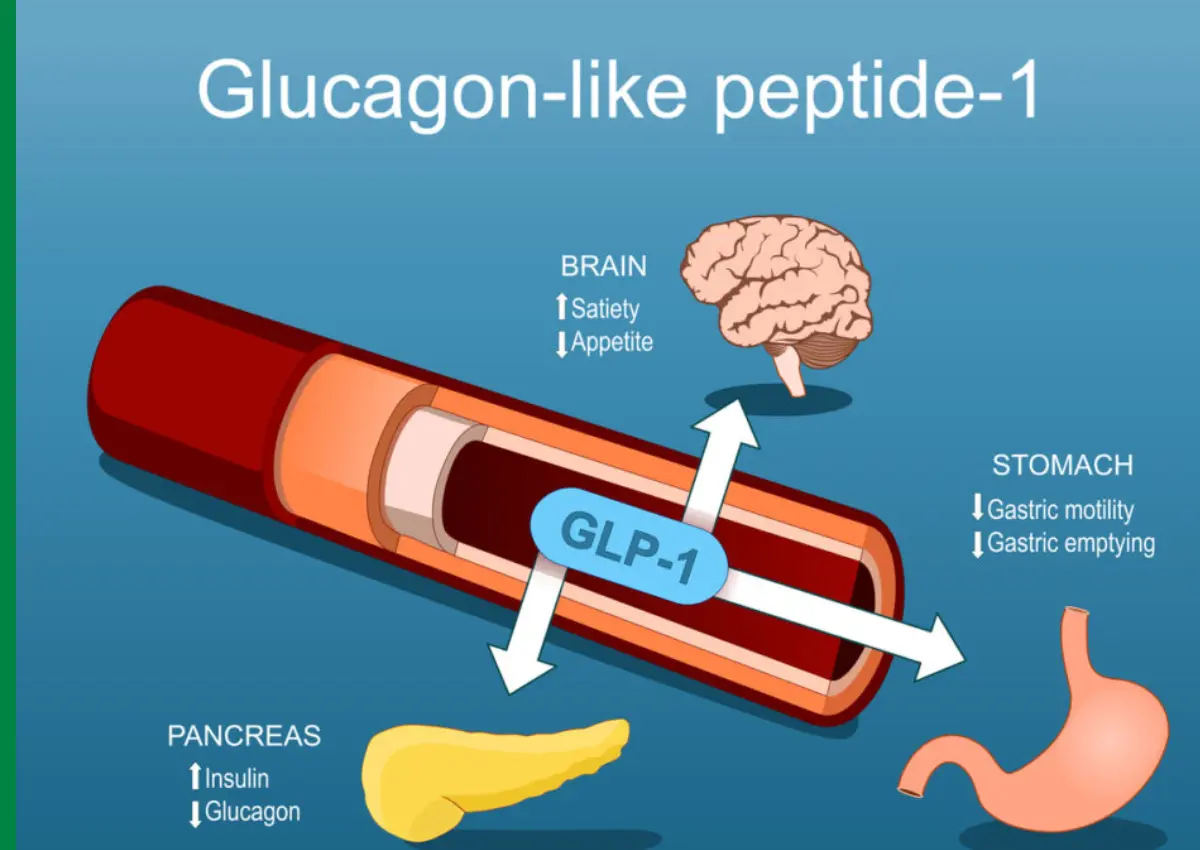Axis Bank, a major Indian bank in the private sector, posted its first quarter results of the FY26 quarter on July 17, 2025, and what it has presented to the financial viewer is a quite intricate financial scenario that has triggered the interest of investors as well as analysts.
The performance of the bank was reflected as resilient and challenging, as profit dropped, though some of the operations measures remained rather stable.

The Major Key Financial Highlights
Slowing Down Net Profit Due to an Increase in Provisions
In Q1 FY26, AXIS Bank achieved a net profit of 5,806 crore, decreased by 4 percent on a year-on-year basis from 6,034.64 crore in Q1 FY25. A high seasonal increase of 94 percent year-on-year in the amount of provisions and contingencies, amounting to a staggering 3,947 crore, is the major cause of this 228.5 crore drop in profit.
The huge addition of provisions of 1,359 crore in the 4th quarter of the previous financial year and 2,039 crore in the 1st quarter of the new financial year show that the bank is taking a conservative policy on credit warning in the changing economic situation.
Revenue Growth Maintains Momentum
Although profit-related problems were there, the Axis Bank by far has maintained a healthy performance of revenues, with the total income of the bank standing at 38321.57 crore in Q1 FY26, an increase of 8 percent year-on-year compared to 35844.22 crore in Q1 FY25. This development trend implies that the bank is capable of developing its business activities successfully.
The Net Interest Income (NII), which is a key measure of the profitability of Banks grew at a humble rate of 0.8 percent to 13,560 crore and for the quarter, the Net Interest Margin (NIM) was at 3.80 percent.
Asset Quality
Rising Non-Performing Assets Signal Caution
The asset quality ratio of the bank was quite alarming, as Gross Non-Performing Asset (NPA) has stood at 1.57 percent compared with 1.28 percent in the previous quarter. On the same note, the Net NPA worsened to 0.45 percent, compared to 0.33 percent in Q4 FY25, which is the signal of a worsening asset quality on a month-on-month basis.
Both this increase in NPAs and the substantial increment in provisions indicate that Axis Bank is going out of its way to cushion against risks posed by credits on its books.
Business Growth and Operational Performance
Strong Balance Sheet Expansion
The balance sheet of Axis Bank has shown to be strongly growing by 9 percent year-on-year to ₹1603308 crores by the end of Q1 of FY26.
This was attributed to:
- The total deposits increased by 9% YoY, with the term deposits being in the lead at a 12% growth rate
- Deposits in current account rising 9%
- An increase in deposits in savings accounts by 3 percent.
Diversification in Lending Portfolio
The total advances of the bank rose by 8 percent year-on-year and 2 percent quarter-to-quarter by ₹15,972 crores to ₹1,059,724. Retail loans that made up 59% of net advances have grown by 6% YoY to ₹622,960 crores, which illustrates the interest that the bank puts on retail banking segments.
Observably, the joint portfolio of Small Business Banking (SBB), SME, and Mid-Corporate loans stood at 23 percent of the total loans, and there is an impressive 820 basis point decline within the four years.
Operational Efficiency and Digital Leadership
Strong Operating Performance
Axis bank on the face of bottom-line issues, had some amazing operational efficiency in:
- An increase of 14 % over the previous year in operating profit to 11,515 crore rupees.
- Sales income is up 8 percent YoY.
- Indexes of operating expenses are growing 2 percent year over year and dropping 5 percent compared to the last quarter.
This favorable operating leverage is an indicator that the bank hasthe correct cost management mechanism and is at the same time increasing revenues.
Digital Payments Dominance
Axis Bank continued to remain at the top in India’s digital payments ecosystem with roughly 32% market share in the UPI Payer PSPs segment. Bank also leads on the merchant acquiring side with 19.7% of its terminal market share, which provides a further increase in digital banking credentials.
Capital Adequacy and Financial Strength
The bank’s financial stability remains robust with:
- Capital Adequacy Ratio (CAR) at 16.85%
- Common Equity Tier-1 (CET-1) ratio at 14.68%
- Return on Assets (RoA) of 1.51% (1.66% excluding technical impacts)
- Return on Equity (RoE) of 13.57% (14.90% excluding technical adjustments)
Subsidiary Performance—Consistent Growth
Axis Bank’s subsidiary companies demonstrated resilience with 4% year-on-year PAT growth, totaling ₹451 crore in Q1 FY26. Key highlights include:
- Axis Finance: 23% YoY PAT growth to ₹189 crore
- Axis Securities: ₹360 crore revenue with ₹89 crore PAT
- Axis AMC: 12% YoY PAT growth to ₹130 crore
What is the Market Reaction and Investor Sentiment ?
These mixed outcomes affected the market confidence, with the American Depositary Receipts (ADR) of Axis Bank dropping 4.8 percent to $64.3 in New York during the session after the release of the results. Such a response of the market is associated with growing provisions and the degradation of the quality of assets.
Final thoughts
The Q1 FY26 performance of Axis Bank indicated the strategic planning of the bank to focus on sustainable growth with practices of prudent management of risks. The additional provisions affect short-term profits, but they are evidence of active involvement of the management in the issue of credit risk.
Key strategic steps taken by the bank to achieve high operational results, a vigorous online presence, and a balanced loan portfolio can guarantee successful expansion in the future. Yet, tracking the trends of the asset quality and the provisioning will become essential to keep investors confident.



